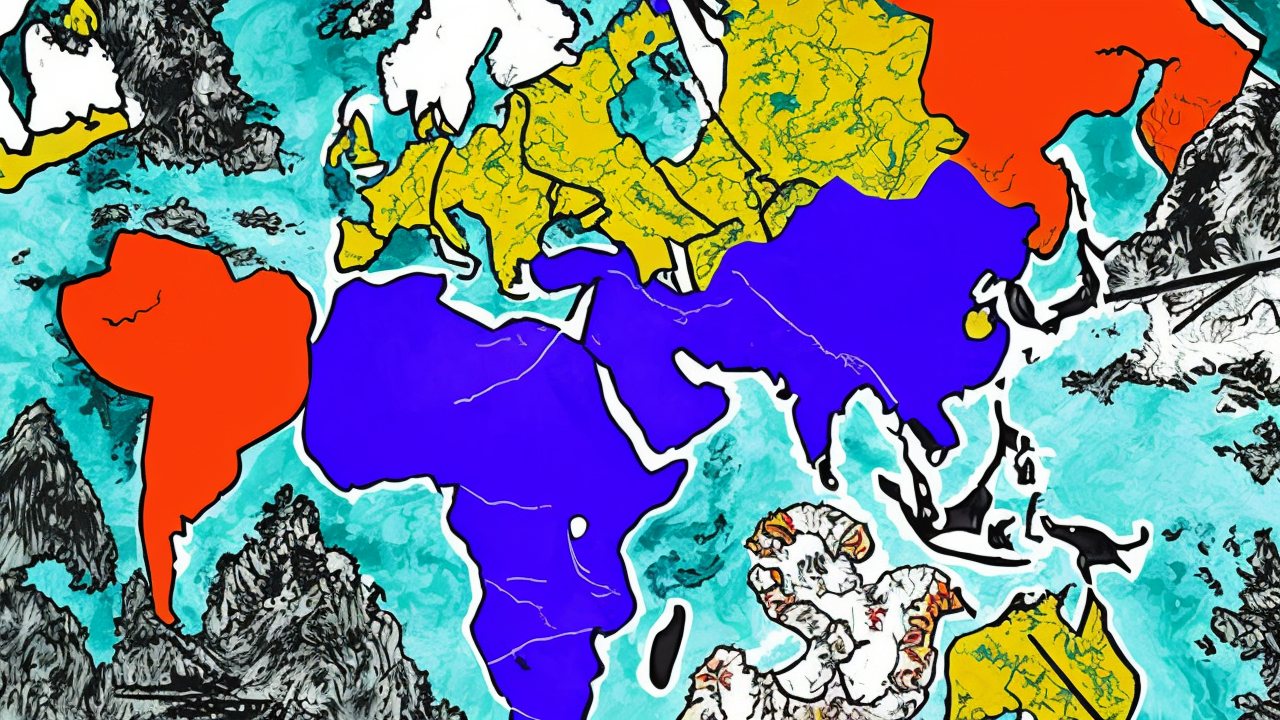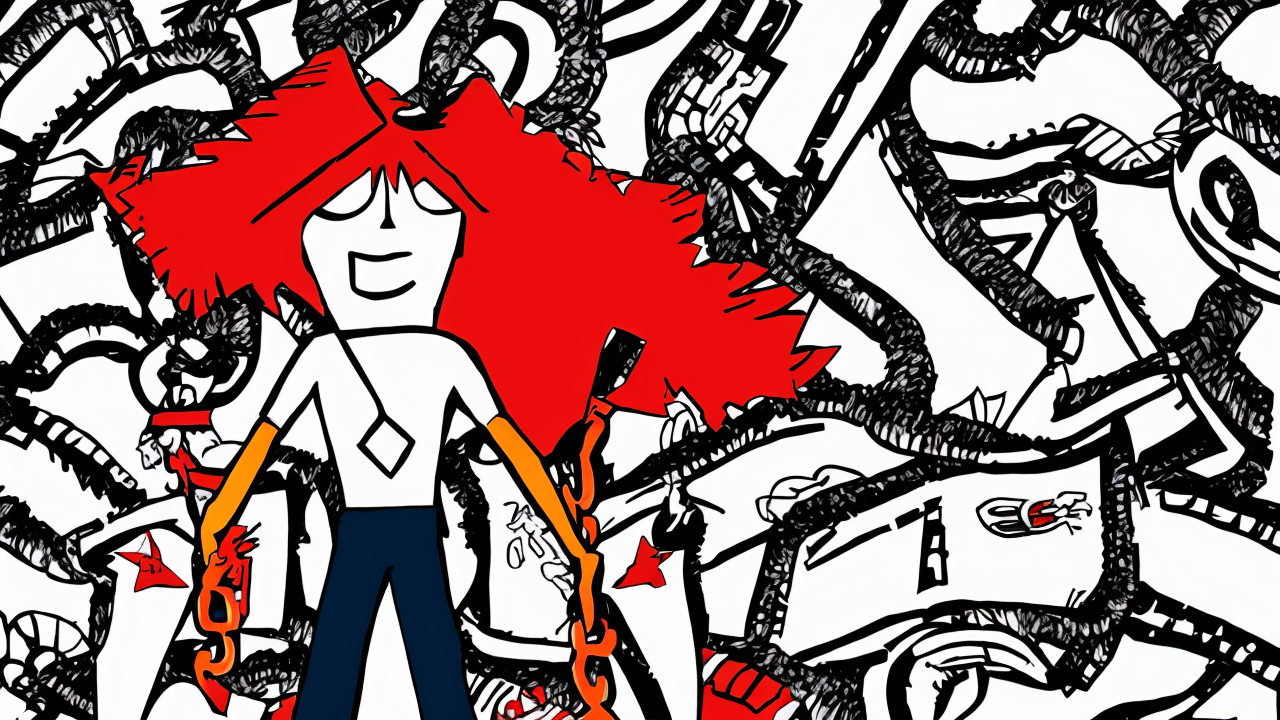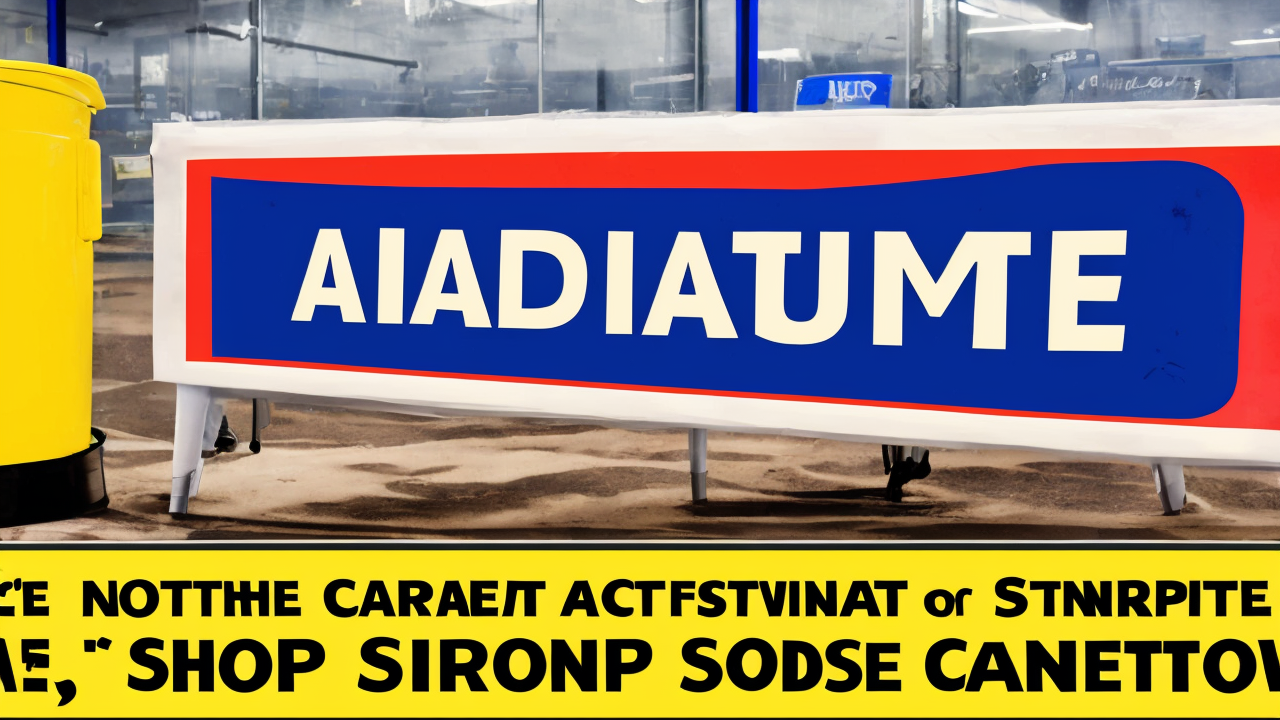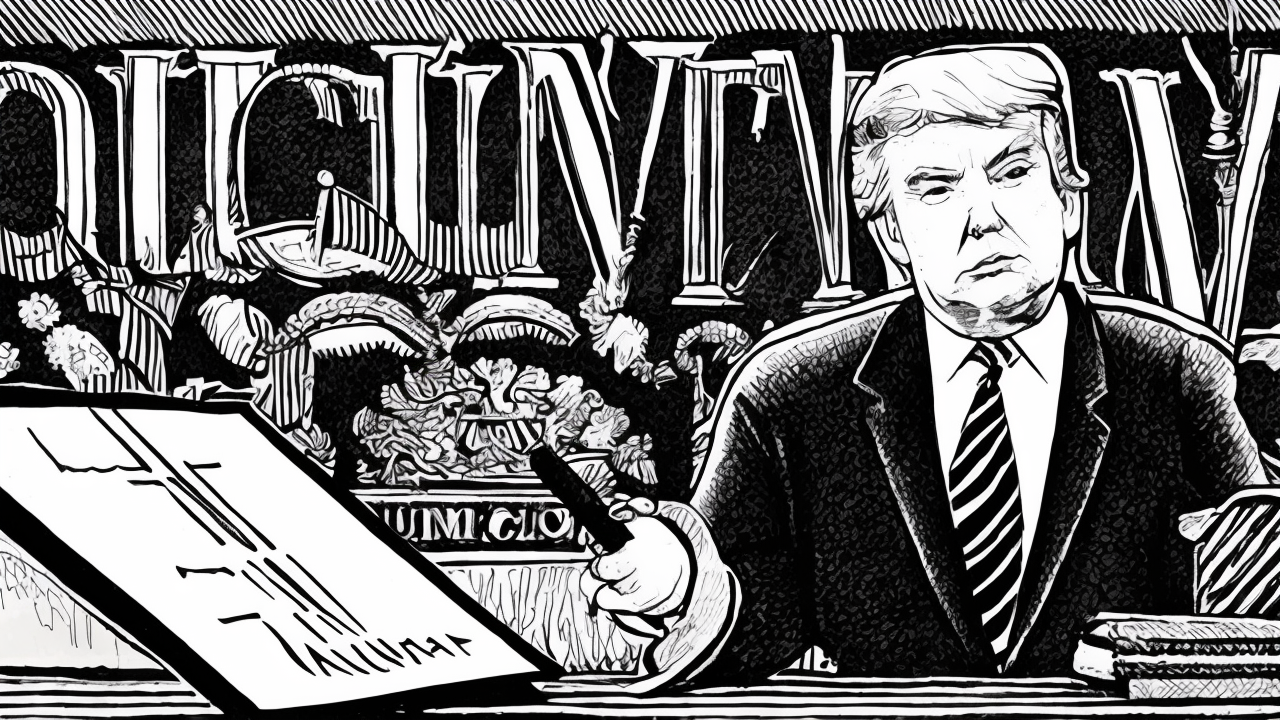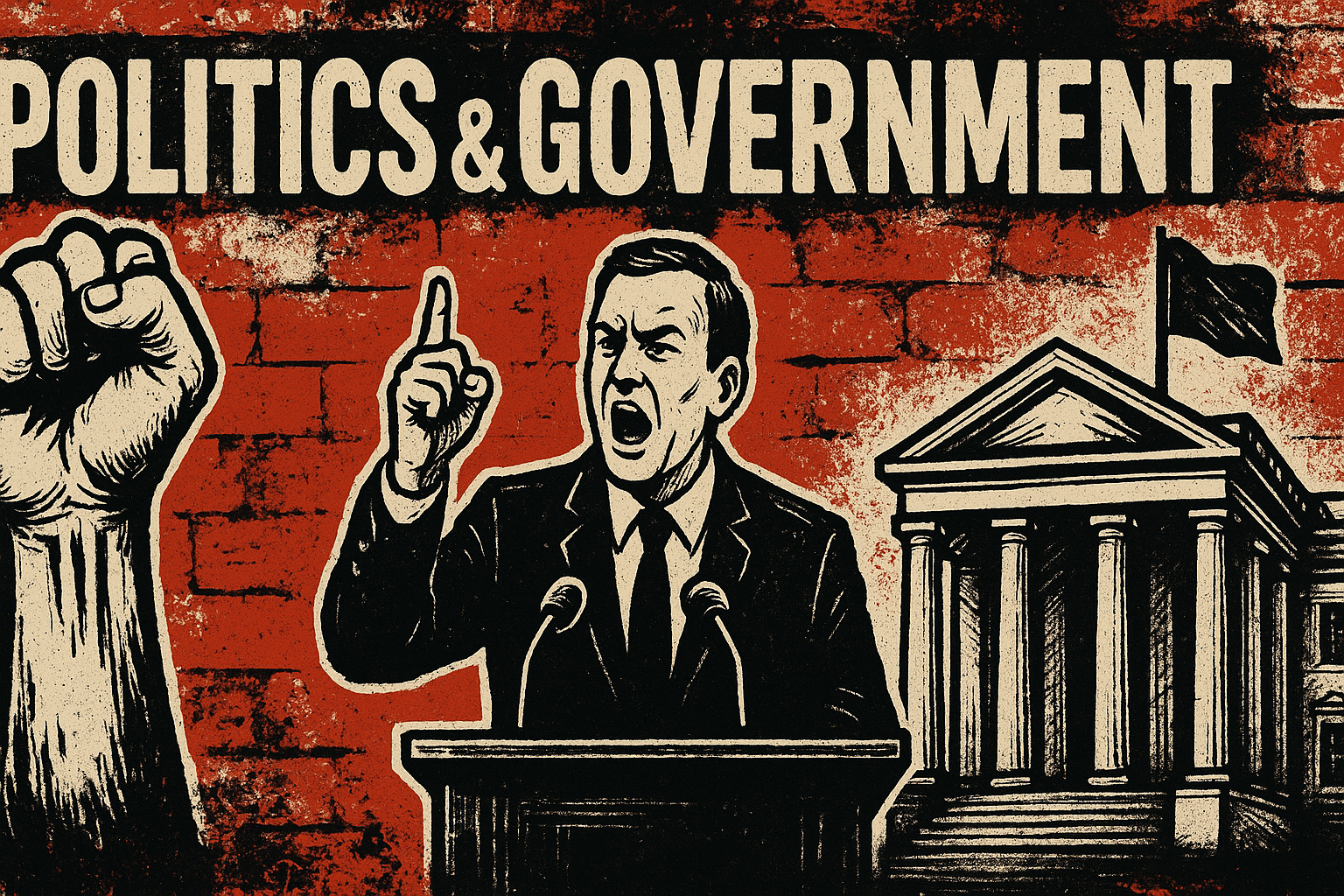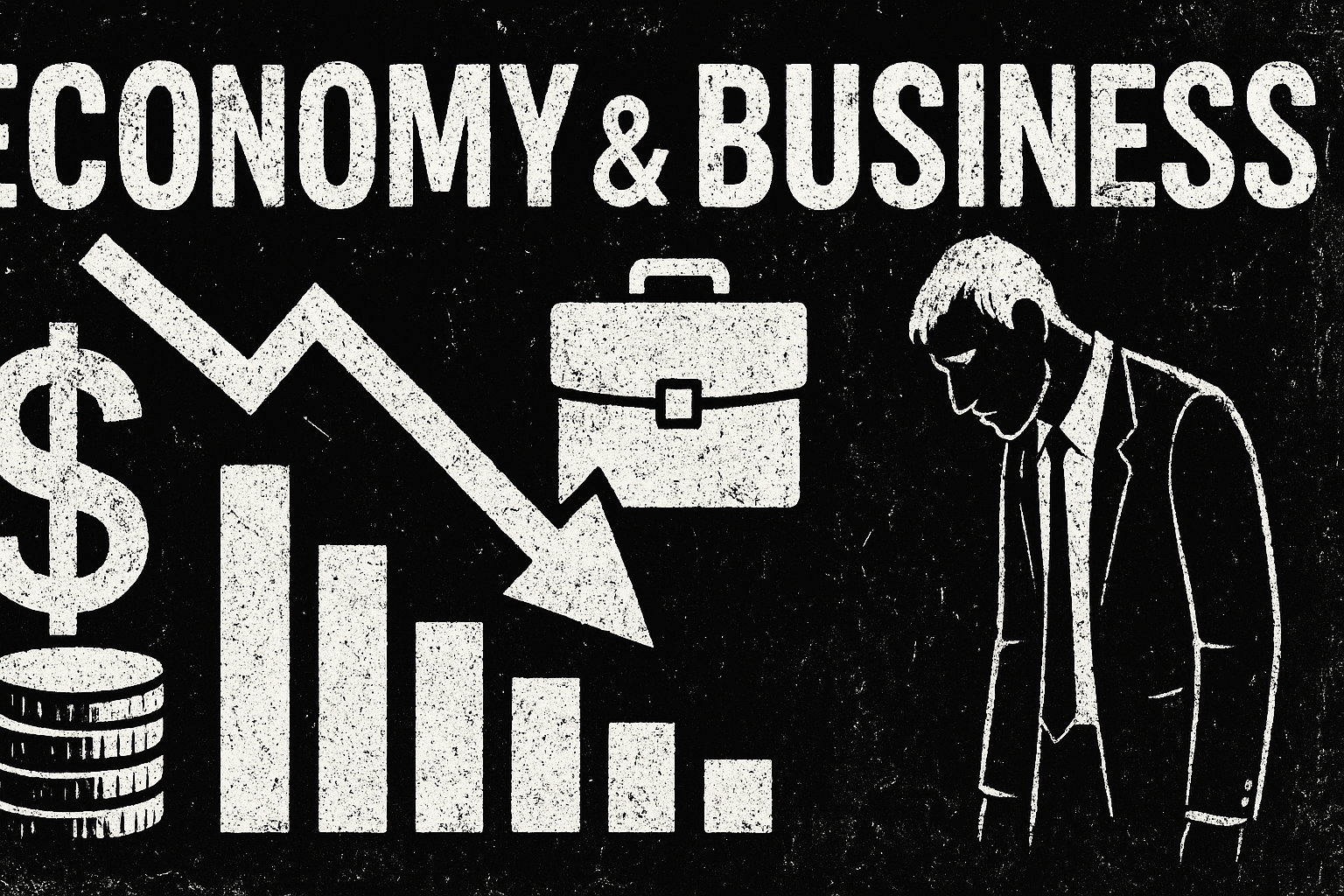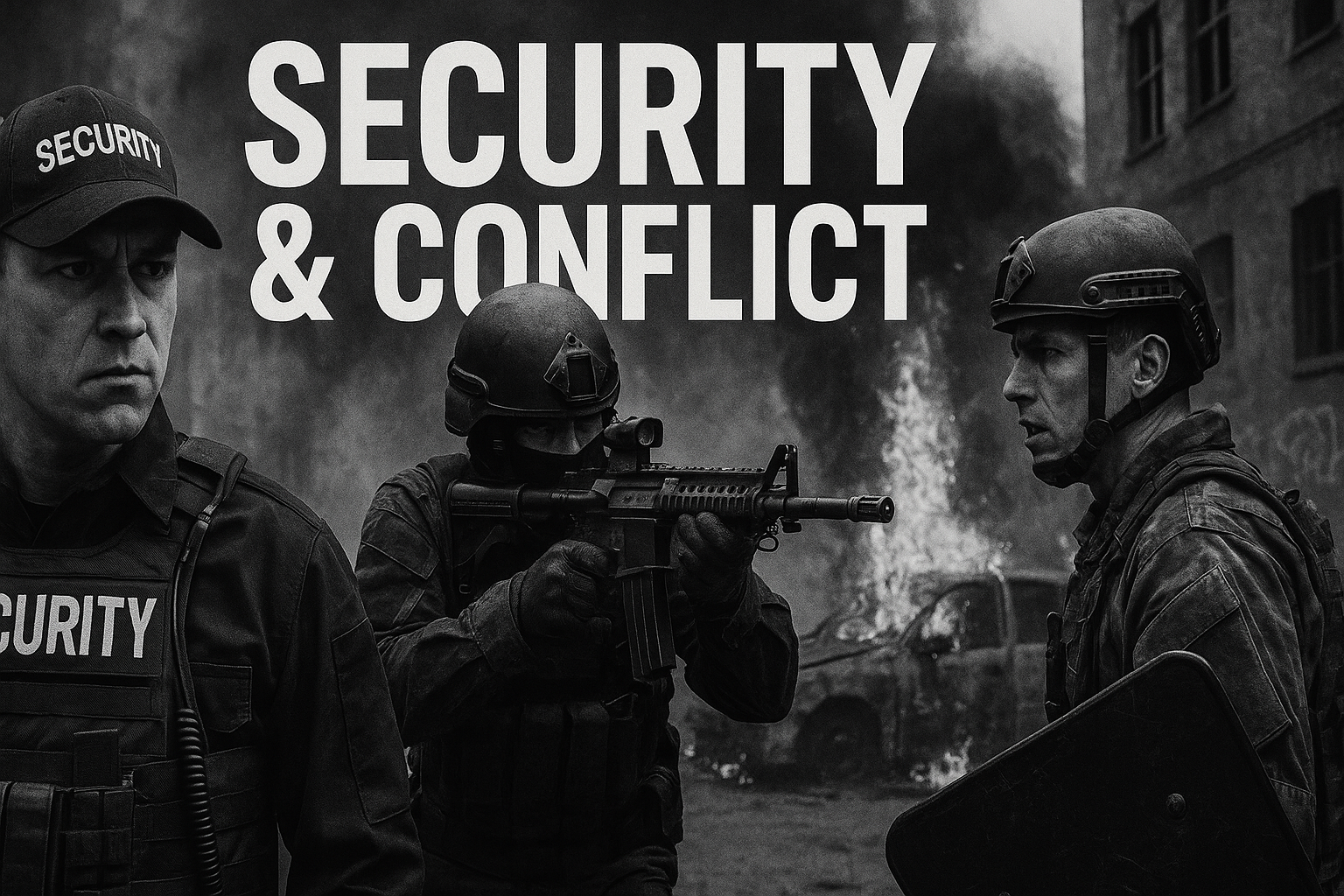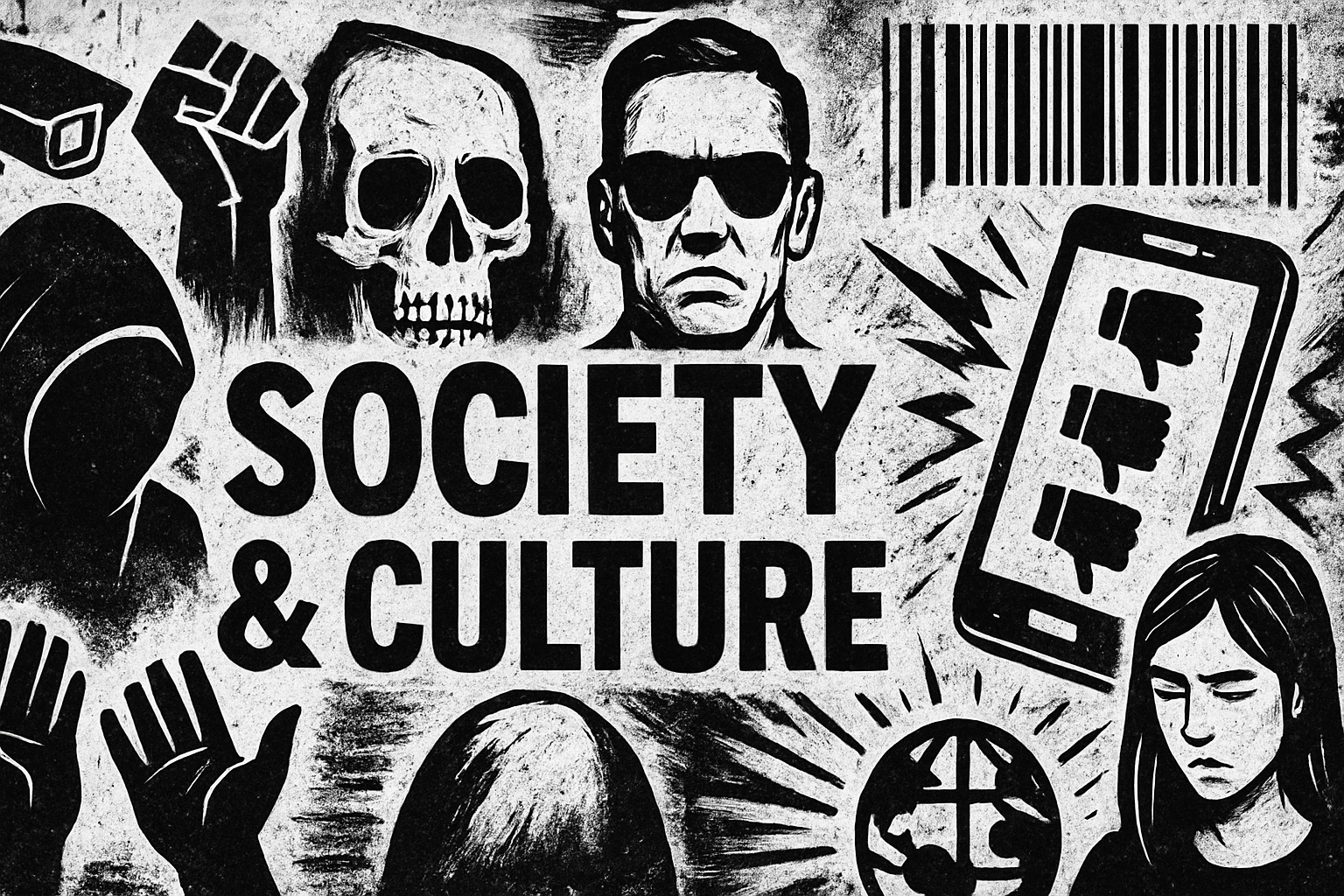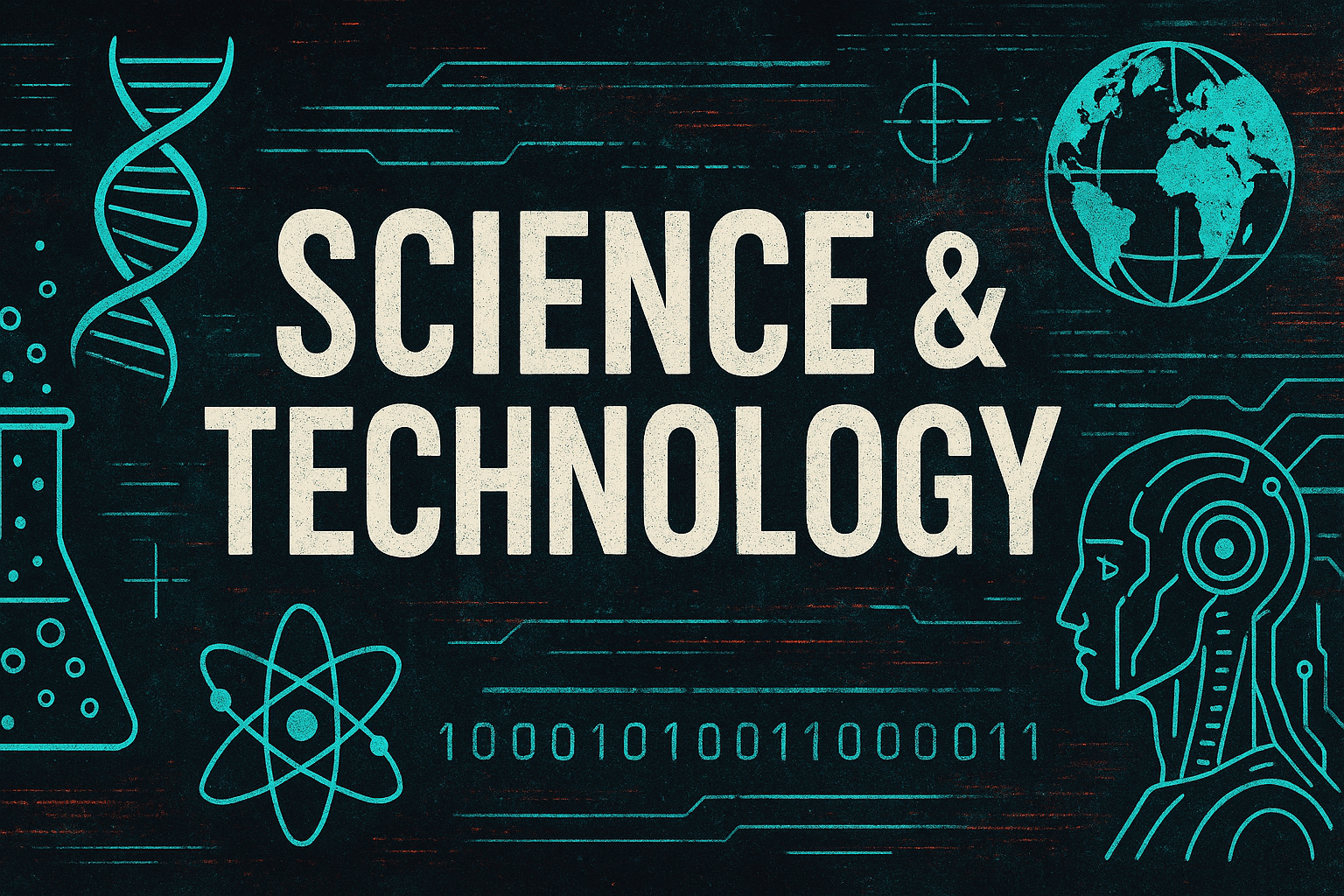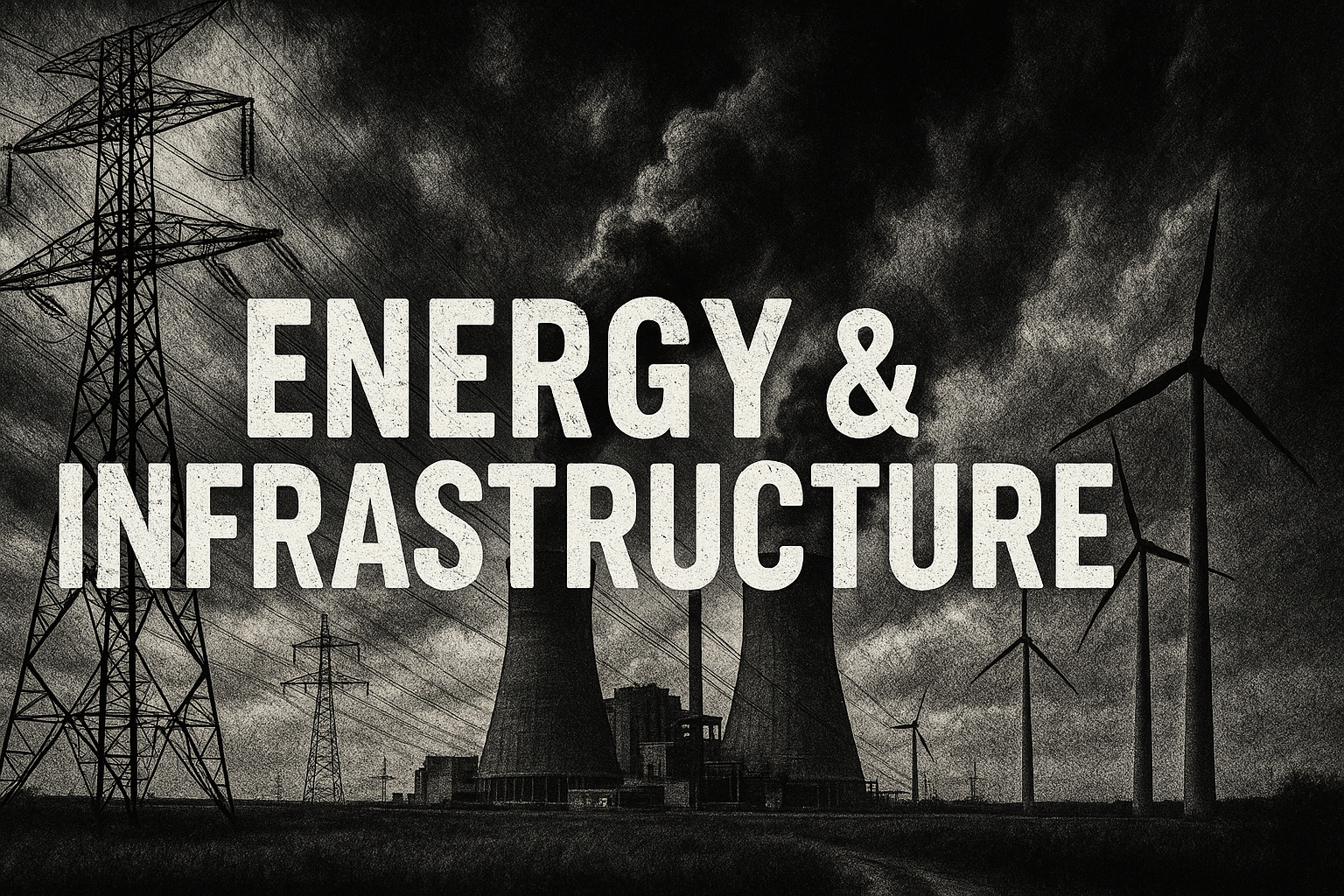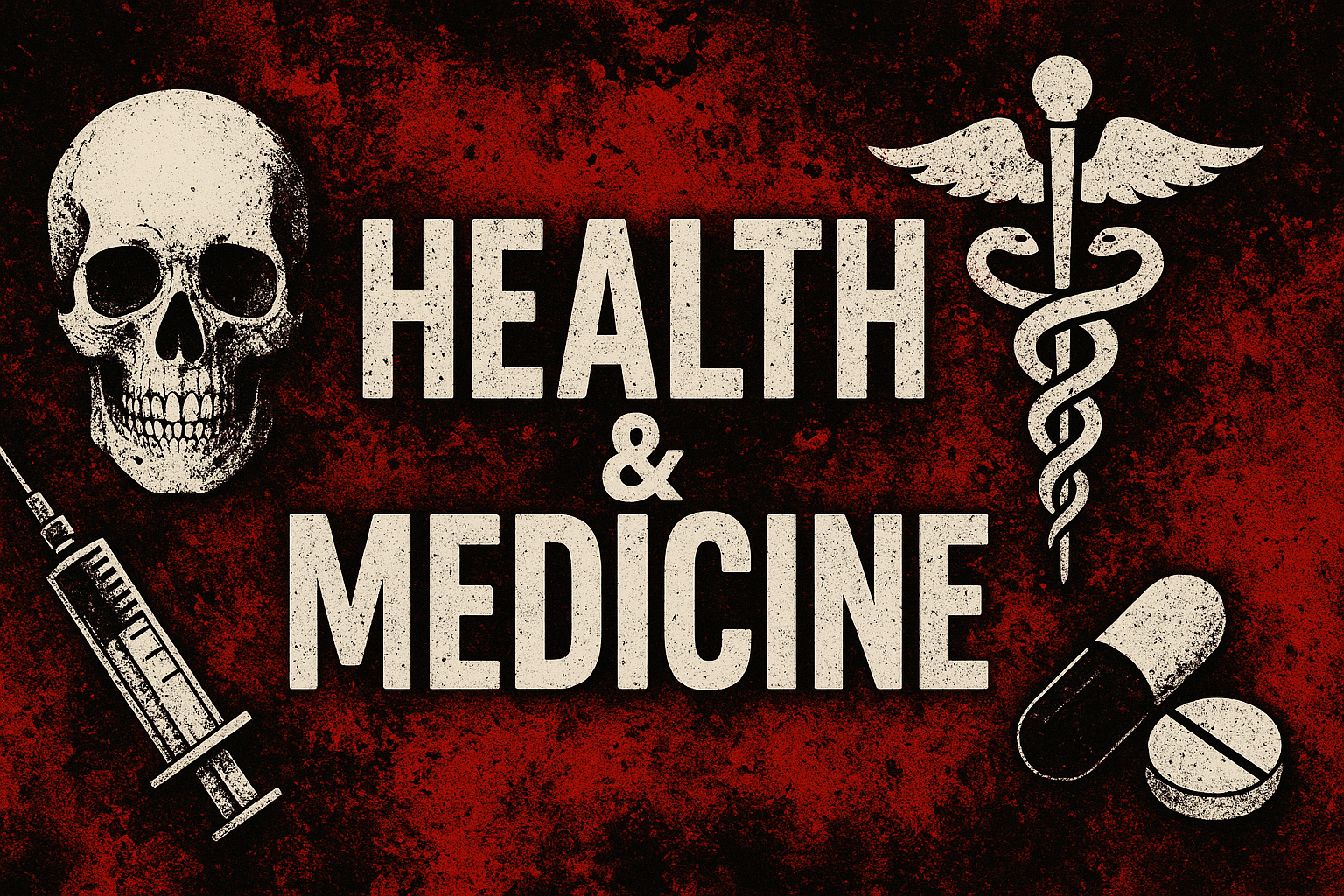Media Biases Fuel Conspiracy Theory Divide
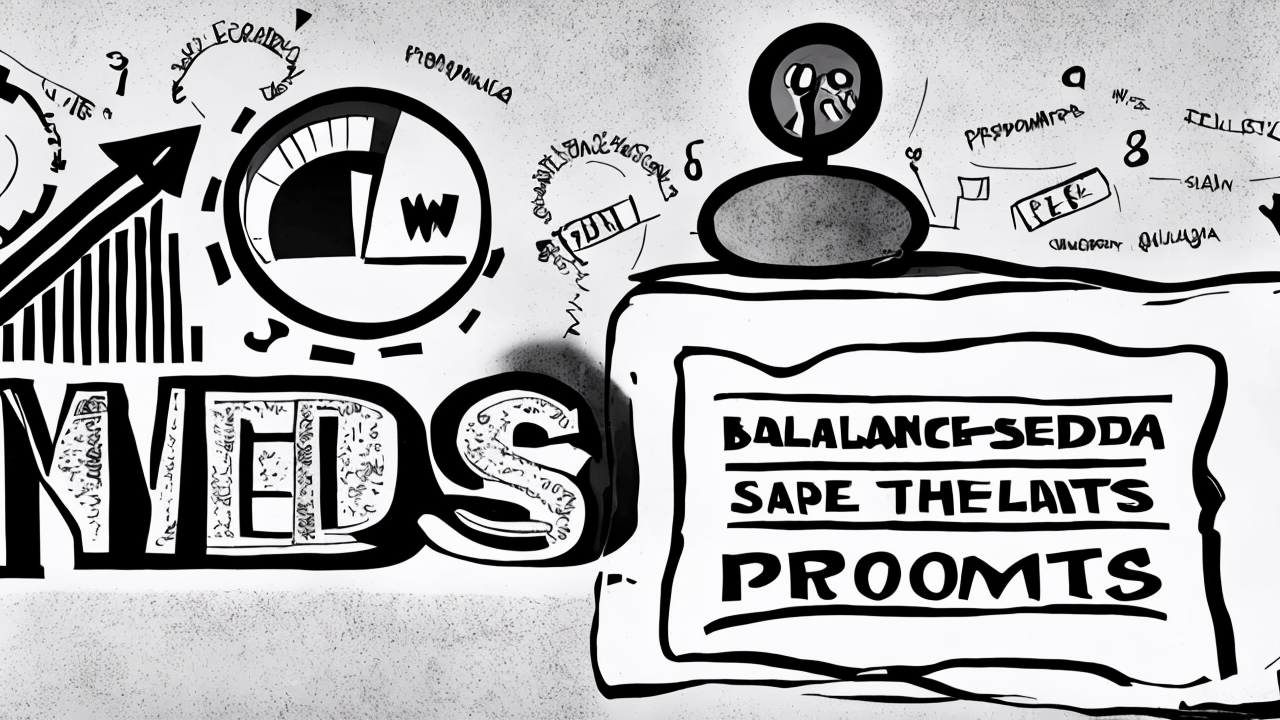
The media’s handling of conspiracy theories has come under scrutiny, with critics highlighting a double standard in how certain claims are treated. Two prominent theories have emerged: one alleging former President Donald Trump’s ties to Jeffrey Epstein, and another suggesting former President Barack Obama’s involvement in the Russia collusion hoax.
The Epstein theory gained traction after documents linked Trump to Epstein, though evidence remains limited. Meanwhile, declassified government files indicate Obama’s administration may have manipulated intelligence to undermine Trump’s 2016 campaign. Despite this, media outlets like The New York Times have dismissed the Obama theory while amplifying the Epstein narrative.
Peter Baker, the Times’ chief White House correspondent, recently mocked the Obama theory, calling it “new-and-improved” and suggesting it was a political ploy. However, critics argue that the Obama theory is backed by substantial evidence, including documents showing the deliberate suppression of intelligence challenging the Russia hoax narrative.
By selectively promoting one theory over the other, media outlets reveal a bias that distorts public understanding. This manipulation not only undermines trust in journalism but also highlights the media’s role in shaping political discourse for partisan ends.
Published: 7/30/2025

